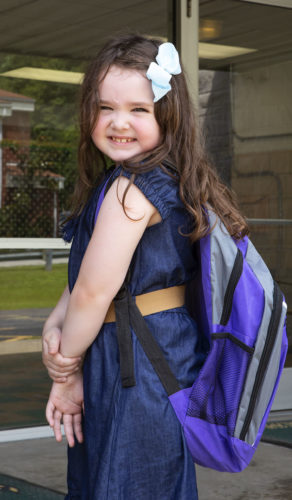Today, Children Incorporated announced the launch of its inaugural blogging series: On the Road. Starting this week, the international child sponsorship organization will take readers on a real-time, virtual journey to actual sites as far as Bolivia and Kenya and close to home as Kentucky.
“We have an extensive volunteer network of trusted educators and child care professionals who are native to the communities they serve. They know the children well and see them often.”
– Ron Carter, CEO
Children Incorporated
“We rely on the support of sponsors and donors to provide the basic essentials to children in need around the globe,” said Children Incorporated president and CEO, Ron Carter. “We want people to see the true impact of their support on the ground.”
Children Incorporated staff will be traveling through Bolivia from March 30-April 8,2016 and Kentucky from April 11-15, 2016. A summary of the project will be presented at an open house at the organization’s new headquarters in Richmond, Virginia on April 28.
In Bolivia, Children Incorporated’s Director of Development, Shelley Callahan, and Director of International Programs, Luis Bourdet, will live-blog their way from La Paz to Montero, introducing the world to the children they serve and the extensive network of in-country volunteers who administer the program.
The duo is also expected to chime in regularly on social media platforms with insights and images from the experience, including a live-streaming broadcast or two.
The Itinerary

The Kentucky blog series will follow Shelley Callahan and U.S. Project Specialist for U.S. programs, Shelley Oxenham.
Upon their arrival in Montero, they will help inaugurate a school expansion funded by Children Incorporated donors and overseen by architect Roberto Andrade, who was once a Children Incorporated sponsored child himself.
Immediately after her return from Bolivia, Shelley Callahan will hit the road again, this time driving to Kentucky to work with families financially devastated by the coal mining industry’s decline.
The Kentucky blog series will follow her and project specialist for U.S. programs Shelley Oxenham, as well as the family resource coordinators who serve as Children Incorporated volunteers at the schools. Stops are planned in Whitley, Breathitt County, Wolfe County and Jackson County.
Children Incorporated relies on sponsors and donors to provide opportunities to children around the world. For $35 a month, a sponsor can provide food, clothing, healthcare and education to a child in need.
“The day-to-day life in these towns is always a story of triumph over adversity,” said Ron Carter. “We hope the series shines a spotlight on the challenges of childhood poverty and how we can build a better future for children here and abroad.”
Visit www.childrenincorporated.org/ontheroad to follow the journey. Follow Children Incorporated on Facebook, Twitter and Instagram for additional updates from the On the Road tour.
***
